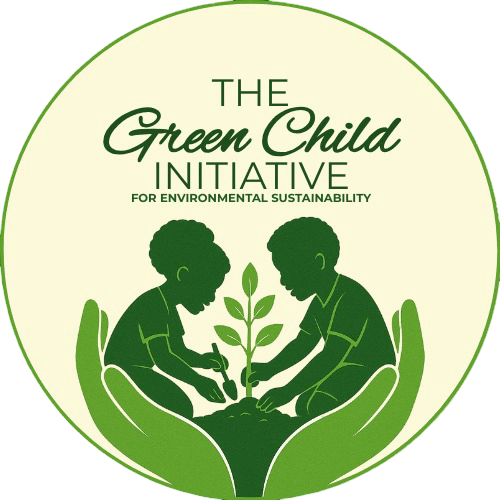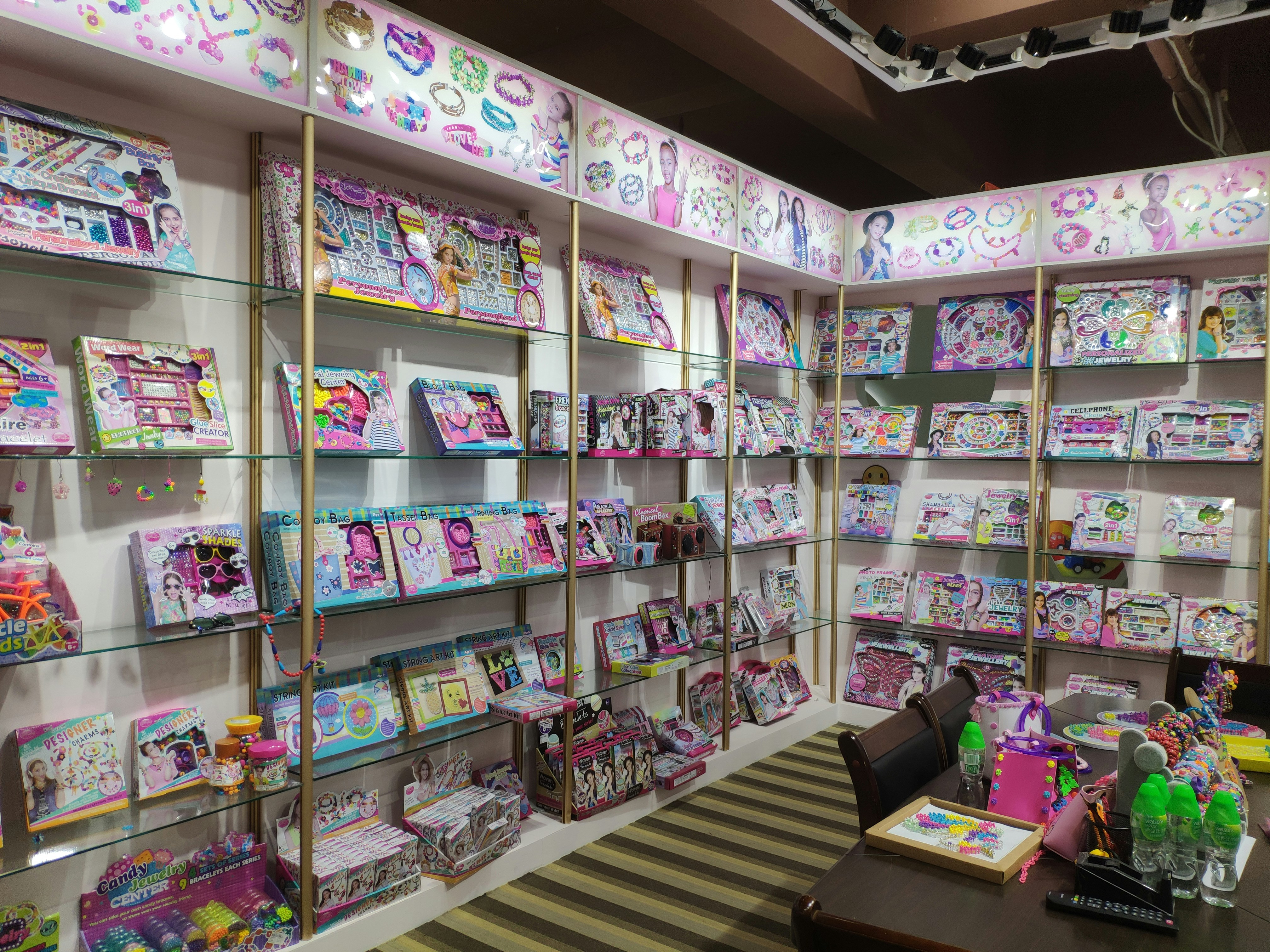Introduction to Eco-Friendly Crafting
Eco-friendly crafting is a creative practice that involves utilizing recycled materials to create various art and craft projects. This approach not only encourages creativity among children but also emphasizes the importance of environmental responsibility. By engaging in eco-friendly crafting, kids learn to appreciate the value of reusing materials, which leads to a deeper understanding of sustainability. In a world where consumerism is rampant, fostering an attitude of reusability and resourcefulness among the younger generation is more crucial than ever.
Through eco-friendly crafting, children can transform discarded materials such as cardboard, plastic bottles, old newspapers, and fabric scraps into imaginative creations. This practice not only sparks their creativity but also instills a sense of accomplishment and pride in their work, as they witness their ideas materializing from materials that might otherwise end up in a landfill. Moreover, these hands-on experiences provide an excellent opportunity for kids to learn about the environment, including the importance of recycling and reducing waste.
Beyond creativity and environmental education, eco-friendly crafting also serves as an engaging activity that can enhance a child’s fine motor skills and cognitive abilities. Working with various materials allows children to experiment, problem-solve, and develop critical thinking skills. Additionally, these projects can foster a collaborative spirit as children often work in groups, sharing ideas and techniques with one another.
Overall, eco-friendly crafting represents an enriching fusion of art and environmental mindfulness. As we delve into the subsequent craft ideas, we shall explore how simple materials can be transformed into delightful projects that are not only enjoyable but also imbued with a sense of responsibility towards our planet.
Recycled Paper Mache
Recycled paper mache is a creative and engaging craft that allows children to transform old newspapers and magazines into beautiful art projects. This eco-friendly craft not only encourages creativity but also teaches kids the importance of repurposing materials to reduce waste. To start, gather materials such as newspapers, magazines, a mixing bowl, glue, and water. Old newspapers work best for this project due to their ability to easily absorb the papier-mâché mix.
To create your basic paper mache mix, begin by tearing the newspaper into strips. In a bowl, mix one part flour with two parts water to form a smooth, glue-like consistency. Alternatively, a more eco-friendly approach can include using natural glue or starch as a binding agent. Once the mix is ready, dip each strip of newspaper into the paste, removing excess mixture by sliding it between your fingers.
Kids can then apply the coated newspaper strips over a mold, such as a balloon or a bowl. Build up several layers (at least three to four) and allow it to dry completely, which typically takes 24 hours. Once dry, children can pop the balloon or remove the bowl to reveal their paper mache shape.
There are numerous project ideas, such as creating colorful masks or decorative bowls. Kids can let their imaginations run wild, designing their pieces to reflect their personalities or interests. Once the base structure is complete, decorating the finished products can also be a joyful part of the process. They can use paints, markers, or even additional recycled materials like buttons and fabric scraps to adorn their creations.
This craft not only enhances children’s motor skills but also fosters an understanding of sustainable practices, highlighting the significance of reusing and recycling materials. Through the process of making paper mache, kids learn that art can come from what might otherwise be discarded, thus instilling eco-friendly habits from a young age.
Craft #2: Bottle Cap Magnets
Creating bottle cap magnets is a delightful and engaging craft that teaches children the importance of reusing materials while stimulating their creativity. By transforming ordinary bottle caps into vibrant magnets, kids can personalize their refrigerator or other magnetic surfaces. This project requires a few basic materials: clean bottle caps, adhesive magnets, paint or markers for coloring, and clear glue to secure the components.
To begin, gather your bottle caps. It is best to use various sizes and colors to create a diverse assortment of magnets. Ensure that the caps are clean and dry. Next, prepare your paints or markers. Children can use acrylic paints for a more vibrant color or permanent markers for a quick and easy option. Allow them to express their artistic flair by drawing patterns, shapes, or even fun characters on the caps.
Once the painted caps are dry, it’s time to attach the magnets. Take the adhesive magnets and cut them into small pieces that fit neatly inside the caps. Apply a small amount of clear glue to the bottom of the cap, then press the magnet firmly onto it. Allow the glue to dry completely before moving on to the next step.
For an additional touch, consider adding a protective layer. A coat of clear sealant can enhance durability and ensure that the designs remain intact over time. If preferred, decorative elements such as glitter or stickers can be added to the caps before sealing. This craft not only encourages children to think creatively about recycled materials but also reinforces the value of eco-friendly practices. Children will enjoy showcasing their new, colorful bottle cap magnets, and they will surely take pride in their creative reuse of everyday items.
Craft #3: Tin Can Lanterns
Creating decorative lanterns from empty tin cans is an engaging and educational craft that promotes eco-friendliness by utilizing materials that would typically contribute to waste. This craftsmanship not only allows children to express their creativity but also emphasizes the significance of recycling in our daily lives. Before beginning, it is essential to address safety considerations. Supervision is crucial, especially when children are handling tools such as hammers and nails.
To start this project, gather the necessary tools and materials. You will need clean, empty tin cans (such as soup cans), a hammer, a large nail or a screwdriver, a bowl of water, and LED candles for lighting. Begin by filling each can with water and placing it in the freezer until solid. This will help maintain the can’s shape during the punching process. Once frozen, remove the can from the freezer and run warm water over the outside to loosen the ice. Gently tap the bottom of the can with a hammer and nail to create a series of holes, forming a decorative pattern. This step allows children to explore design while honing their motor skills.
After the design process is complete, allow the ice to melt completely and remove the remaining water from inside the can. Dry the can thoroughly to prepare for the next stage: lighting. Using LED candles instead of traditional candles ensures safety, removing any fire risk, making this craft suitable for indoor or outdoor use. Kids can personalize their lanterns by painting or adding embellishments, fostering a sense of ownership and creativity. Through this activity, children learn the importance of repurposing items and develop an appreciation for sustainable practices within their crafting endeavors.
Craft #4: T-Shirt Tote Bags
Creating reusable tote bags from old t-shirts is not only a fun and engaging activity for children but also an educational opportunity to foster awareness of sustainability and recycling. To begin this craft, gather a few worn-out t-shirts that are no longer fit for wear. This project requires minimal materials and introduces kids to the concept of repurposing textile waste into functional items.
First, lay the t-shirt flat on a clean surface and cut off the sleeves. Next, remove the neckline by cutting along the seam, creating a larger opening that will serve as the bag’s top. This step is important as it also contributes to the bag’s overall aesthetic. After removing the sleeves and neckline, turn the t-shirt inside out. The back of the shirt should now face upward.
Once the shirt is oriented correctly, it is time to create the bag’s bottom. Start at the hem of the shirt and cut several small strips about 4 to 5 inches long, stopping just before reaching the hemline to ensure that you don’t cut all the way through. Once the strips are cut, tie them into tight knots, which will effectively close the bottom of the bag and provide the necessary support for carrying items.
After securing the bottom of the tote bag, turn the shirt right side out. The t-shirt should now resemble a functional tote bag, ready for use in various activities, such as shopping or going on adventures. This craft not only brings forth the importance of sustainability but also encourages children to adopt eco-friendly habits in their daily lives. By using this t-shirt tote bag at the store or during outings, kids learn to appreciate the value of reusing materials and reducing reliance on single-use plastic bags.
Craft #5: Egg Carton Planters
Transforming old egg cartons into seed planters is an engaging and eco-friendly craft that helps children learn about gardening while promoting sustainability. This activity not only emphasizes recycling but also encourages children to take responsibility for nurturing plants. To begin, gather the necessary materials: a clean egg carton, potting soil, seeds of choice (such as herbs or flowers), and water.
First, prepare the egg carton by cutting it into individual sections. Each section will serve as a small planting pot. If the carton is made of recyclable cardboard, it is important to use it without any plastic components. Once cut, ensure the bottom of each egg holder has drainage holes. You can achieve this by using a sharp object to poke small holes, allowing excess water to escape and preventing root rot.
Next, fill each section of the carton with potting soil, leaving about half an inch from the top. This will give the seeds enough space to grow. Gently press the soil down to eliminate air pockets. Following this step, plant the seeds according to the instructions provided on their respective packets. Generally, bury them about twice as deep as their size, ensuring they are spaced appropriately. After planting, lightly cover the seeds with more soil.
Water the soil until it is evenly moist, but avoid oversaturation to prevent sogginess. Place the egg carton planters in a sunny location, where they can receive ample light for optimal growth. Encourage your children to observe the plants as they grow, making note of changes and understanding the growth process. Regular watering and monitoring will be essential in maintaining the health of the seedlings.
Through this craft, children will gain an appreciation for biodiversity and the environment. By cultivating their gardens responsibly, they will learn the value of sustainable practices that contribute to the health of the planet.



